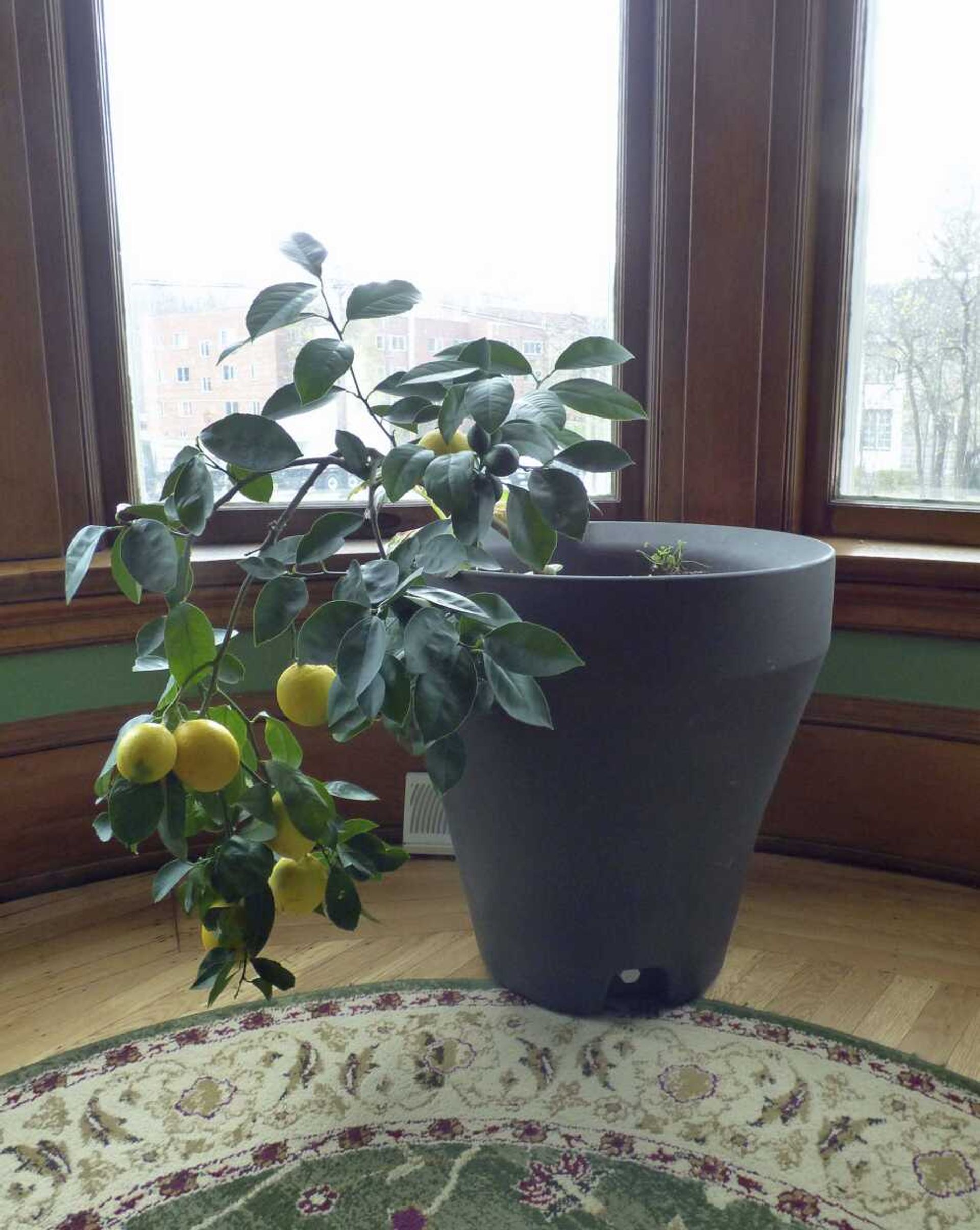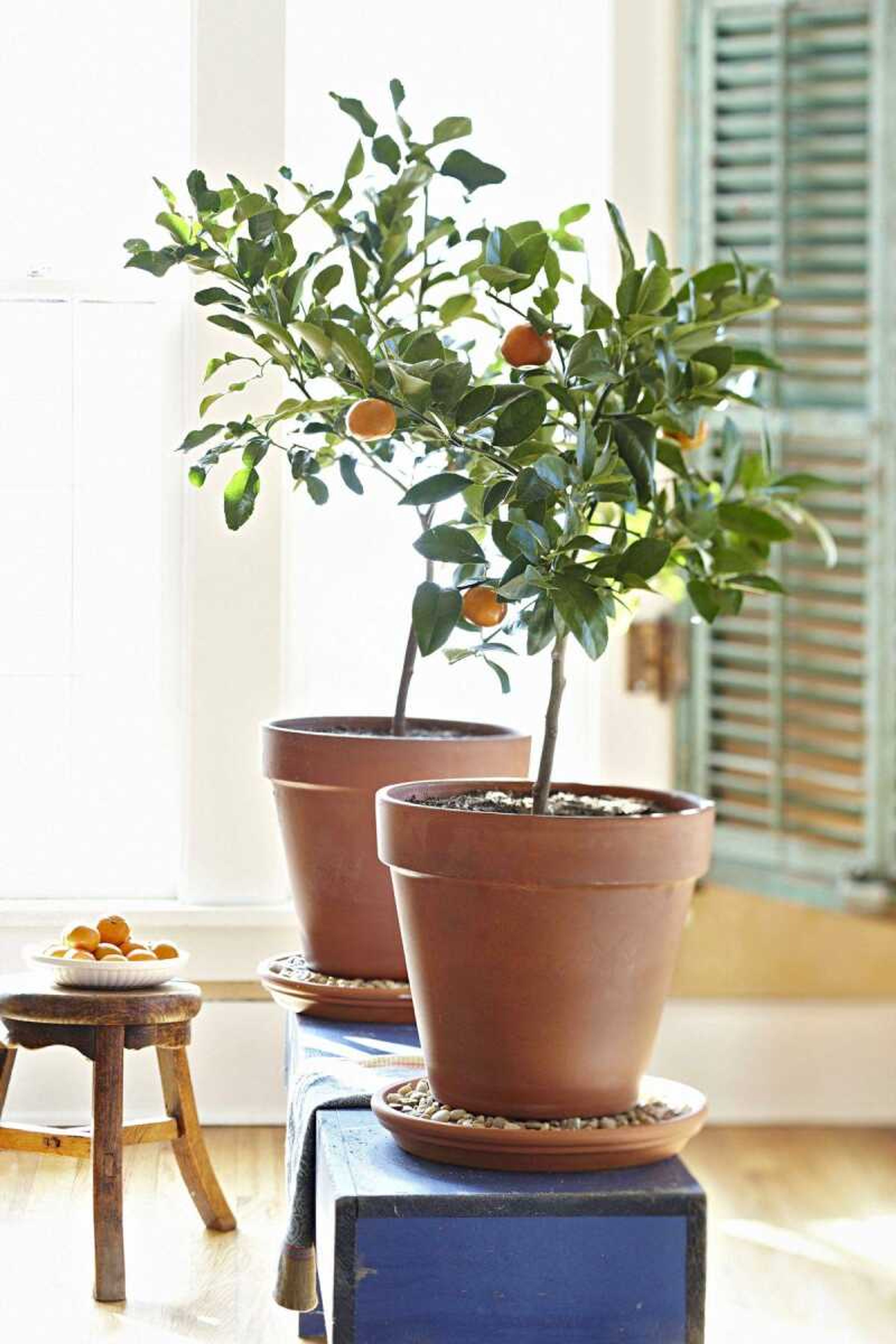Growing citrus indoors takes patience, pays off handsomely
When Heather Rhoades bought her first indoor orange tree nearly 20 years ago, she had to order it from a specialty online retailer. Now, it's not uncommon to find citrus trees at local gardening centers or big box stores, said Rhoades, owner of Gardening Know How, an online resource based in Bedford, Ohio...
When Heather Rhoades bought her first indoor orange tree nearly 20 years ago, she had to order it from a specialty online retailer. Now, it's not uncommon to find citrus trees at local gardening centers or big box stores, said Rhoades, owner of Gardening Know How, an online resource based in Bedford, Ohio.
Interest in growing edibles and diverse plants has helped make citrus trees more popular and available, Rhoades said. Would-be growers can find a variety of lemon, lime and orange trees from which to choose.
"It's easier for people to get a hold of citrus trees and they're more willing to try to grow them," she said.
"Try" might be the operative word, added Missy Henriksen of the National Association of Landscape Professionals. Growing citrus takes patience.
The trend toward bringing citrus and other tropical plants indoors began with commercial spaces but has been gaining traction among homeowners as well, she said.

"Interior landscaping is growing in popularity, and the use of tropical plants and citrus trees originates with the growing desire of homeowners to create beautiful 'interiorscapes' that are more exotic and dramatic than your typical houseplants," she said.
Dwarf fruit varieties, such as the calamondin orange, Tahitian orange, tangerine, kumquat, Meyer lemon and Kaffir lime are the best choices for growing indoors.
"Keep in mind, however, citrus trees are not for everyone," Henriksen said. "They're best suited for homeowners who are willing to devote the time and attention these plants need to thrive, or who can hire a landscape professional to regularly tend to their plants."
Start by selecting a healthy plant, Rhoades said. Look for a tree with rich, glossy leaves. A citrus plant that's dropping leaves has likely not been watered properly, she said. Avoid trees that look "leggy," she said.
Next, make sure the container is large enough for the roots to grow, Henriksen said. Finally, place the tree in a spot where it will receive plenty of sun. You may want to supplement its exposure to light by using a grow lamp, she said.
Research the tree's water needs and follow them closely, said Rhoades.
But check the soil each time before watering. "Check it on a schedule," she said. "Don't water it on a schedule."
Sometimes it's better to just mist the leaves with a spray bottle than to water the tree, said Barbara Pierson of White Flower Farm in Litchfield, Connecticut.
It's also a good idea to move citrus trees outdoors during warm weather, said Greg Gatlin, interior account manager at Southern Botanical in Dallas. They can be outdoors as long as temperatures don't dip below 50 degrees.
Fertilizer also is important, Pierson said. She recommends using fertilizer designed for citrus. If that's not available, use regular fertilizer, but make it with half the amount of fertilizer to the recommended amount of water. Fertilize once a month when the plants are indoors and twice a month when they are outdoors.
If cared for properly, the plants will eventually produce small amounts of fruit, though that may not be the biggest reward, the experts said.
For Rhoades, the citrus blossoms are the payoff.
Connect with the Southeast Missourian Newsroom:
For corrections to this story or other insights for the editor, click here. To submit a letter to the editor, click here. To learn about the Southeast Missourian’s AI Policy, click here.










